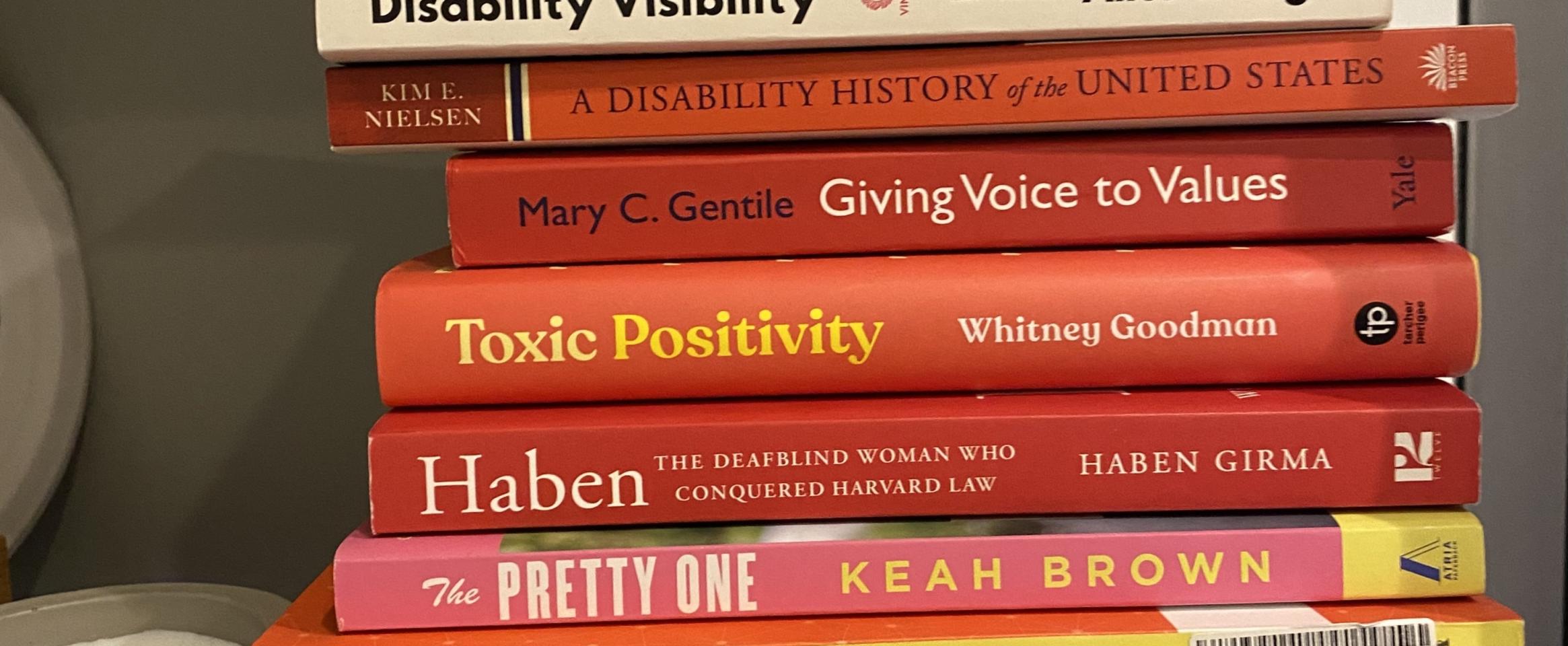
Liz Lee Heinecke—She Can STEM: 50 Trailblazing Women in Science from Ancient History to Today
Jocelyn Bell Burnell discovered pulsars, but the 1974 Nobel Prize for Physics went to her male academic advisor—not a unique story. In She Can STEM: 50 Trailblazing Women in Science from Ancient History to Today, Liz Lee Heinecke chronicles 50 women scientists’ successes and struggles. Each account includes a guide to help readers ages 7-12 conduct topic-related experiments of their own at home.







